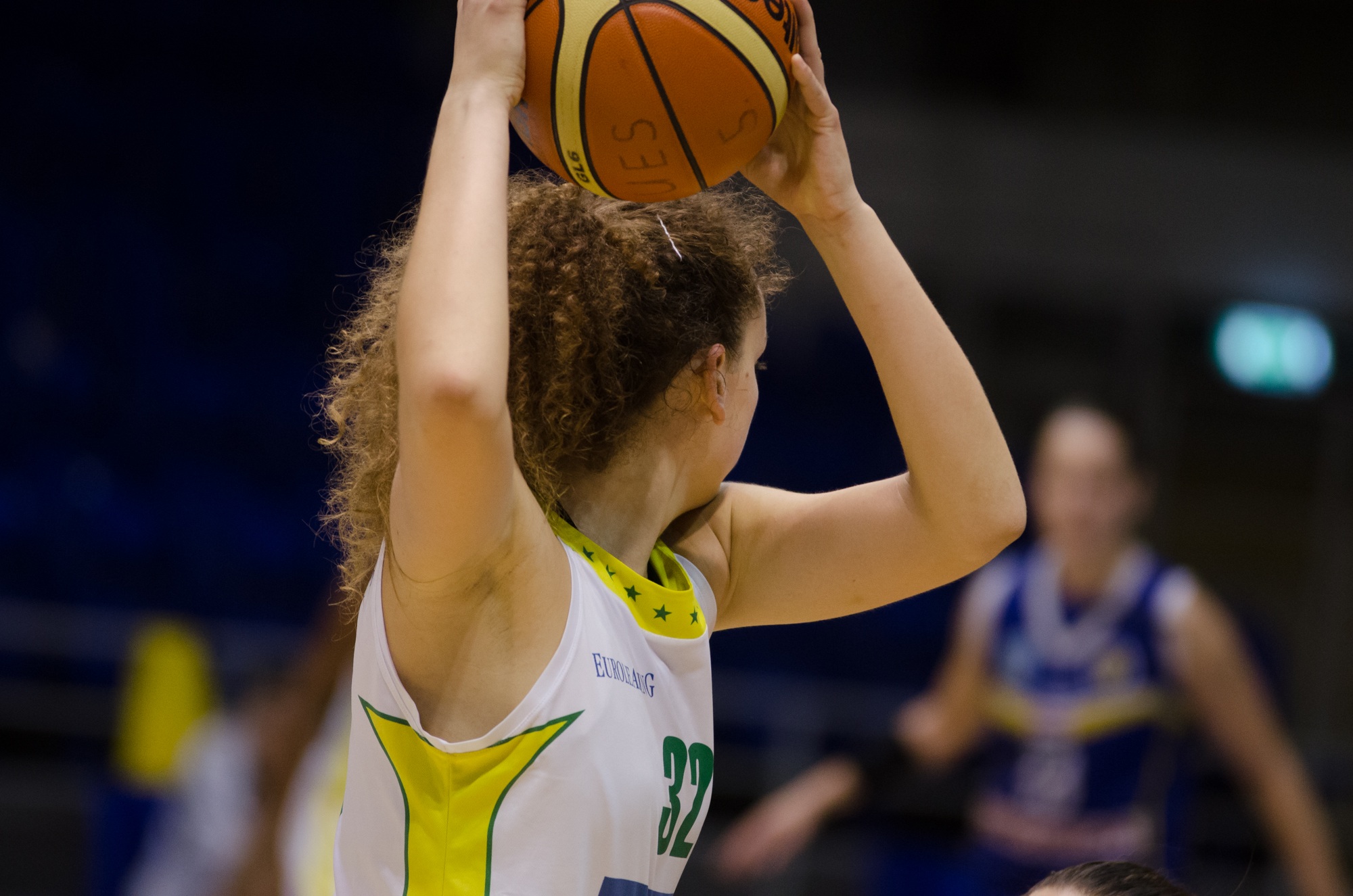Traditionally we have taught that when an athlete begins strength training they will get stronger. This increase in strength comes before the athlete undergoes hypertrophy. The thinking is that these strength increases are from neural mechanisms. After this initial strength gain, hypertrophy follows and the athlete continue to get stronger from a combination of hypertrophy and neural gains.
Loenneke et al had a review published in the 2019 Sports Medicine about the role of hypertrophy and strength increases.
The authors argue that muscle growth is not “necessary, sufficient, or contributory” to increases in muscle strength:
- Muscle size is not necessary for increases in muscular strength: To support this, the authors note there are studies where one limb is trained but the other is not, yet both increase in strength due to neural adaptations. They also note that there are studies where simply imagining the execution of exercises increases strength.
- Muscle size is not sufficient to explain increases in muscular strength: To support this, the authors report on studies where bodyweight and low-load resistance training increase muscle size but do not increase strength.
- Muscle size does not contribute to muscular strength: The authors report a surprising lack of research linking an increase in contractile proteins in the muscle to increasing strength.
The authors argue that the increase in strength from strength training is from learning/practicing the skill of the exercise as well as other neural changes. But it is not from hypertrophy.
It’s a fascinating article. This is not the mainstream view on this subject. There are some things that need to be pointed out with regards to the studies cited with this article.
First, they are using untrained subjects. This is an important distinction because what works for untrained individuals and what works for individuals with years of training are different. It is possible, even likely, that a highly trained individual could be maxed out in terms of their neurologic gains and may require hypertrophy to continue making strength increases.
Second, the studies described typically involve shorter timeframes (a few months). This is important because athletes do not train over a few months, they train over a period of years. Again, this reinforces the fact that it is entirely possible that highly trained athletes may be maxed out in terms of their neural gains and require hypertrophy to continue making gains.
Finally, studies don’t employ the range of exercises and programming strategies that are in a strength and conditioning coach’s toolbox nowadays. This also has an impact on how one adapts to exercise.
What’s going on here? At the most basic level we exert force because myosin filaments make connections with actin filaments. These connections are called cross bridges. The cross bridge pulls the actin, which when it happens on a big enough scale shortens the muscle – which allows us to move. The more cross bridges we can form, the more force we can produce.
So, with this background in mind – this is where I disagree with the authors. See, this was a largely theoretical article that was skimpy on references, in many places the authors would use one reference to support their arguments. In addition, comparing short term studies with untrained subjects to highly trained athletes means comparing apples to oranges.
To me, hypertrophy is important for potential strength increases because hypertrophy means more actin and myosin filaments, which means more cross bridges, which potentially means more force production.
I like reading articles that I disagree with, they help me think through things and occasionally change my views. But I would not change our approaches to strength training as a result of this one.
Loenneke, J.P., Buckner, S.L., Dankel, S.J., and Abe, T. (2019). Exercise-induced changes in muscle size do not contribute to exercise-induced changes to muscle strength. Sports Medicine, 49: 987-991.



